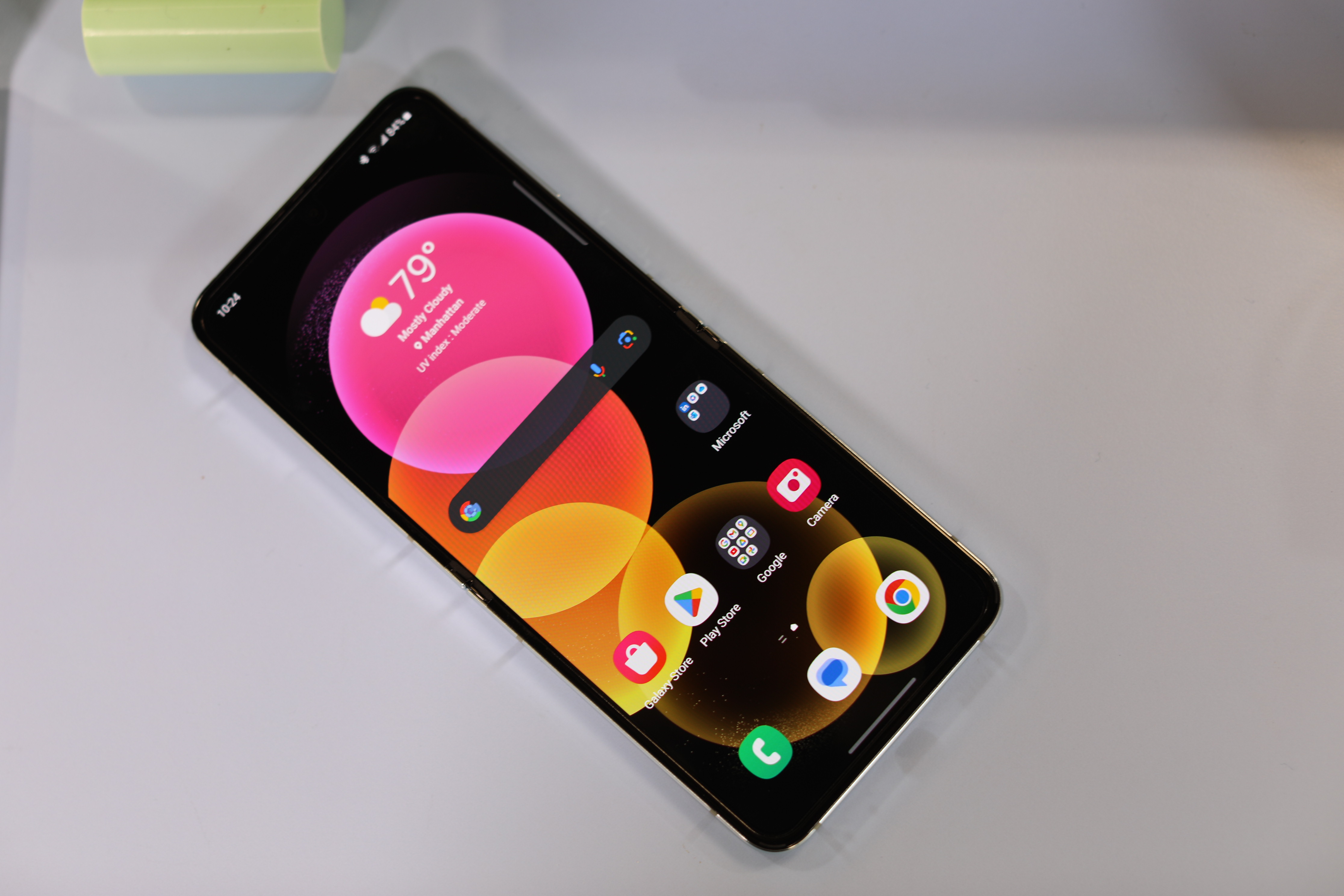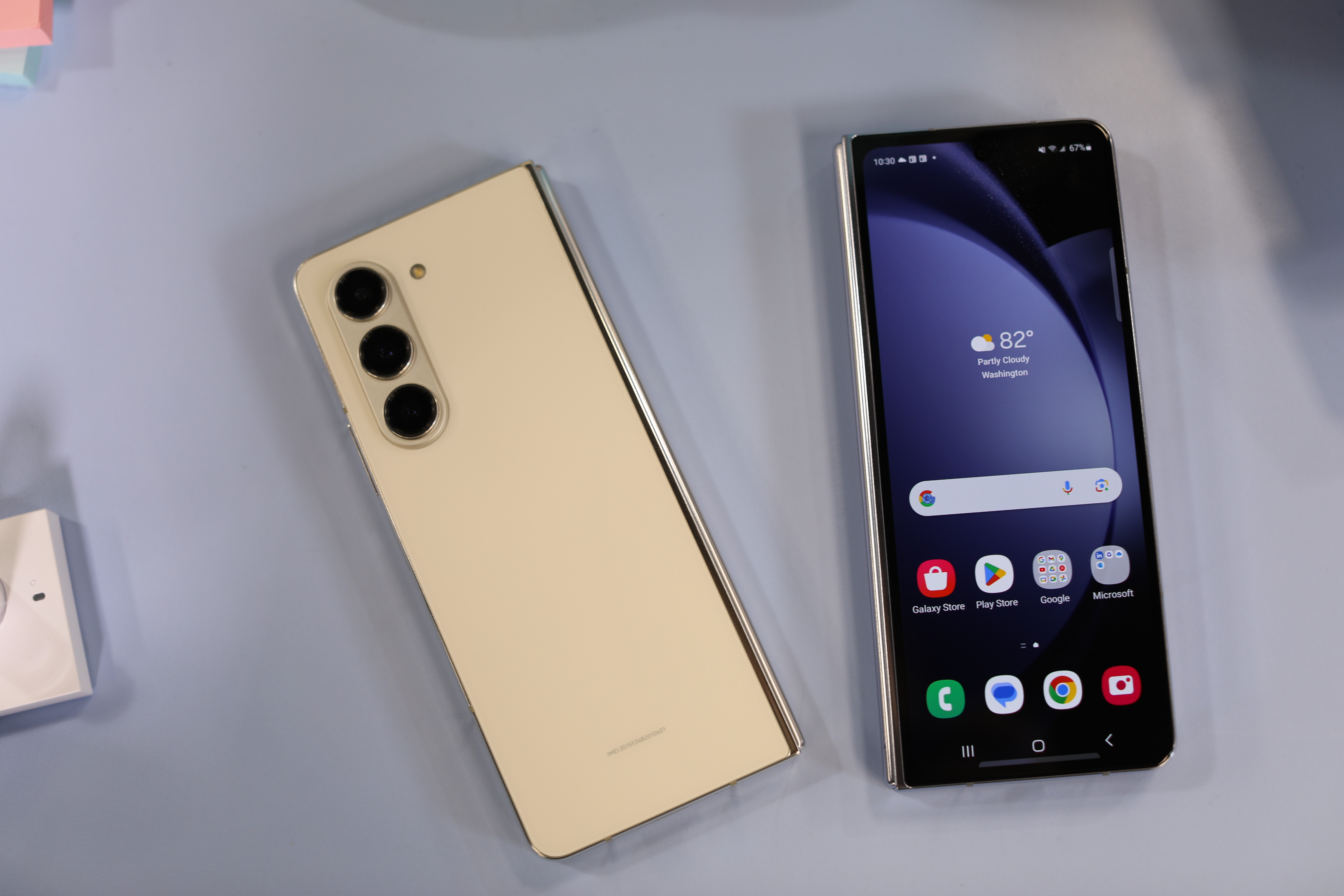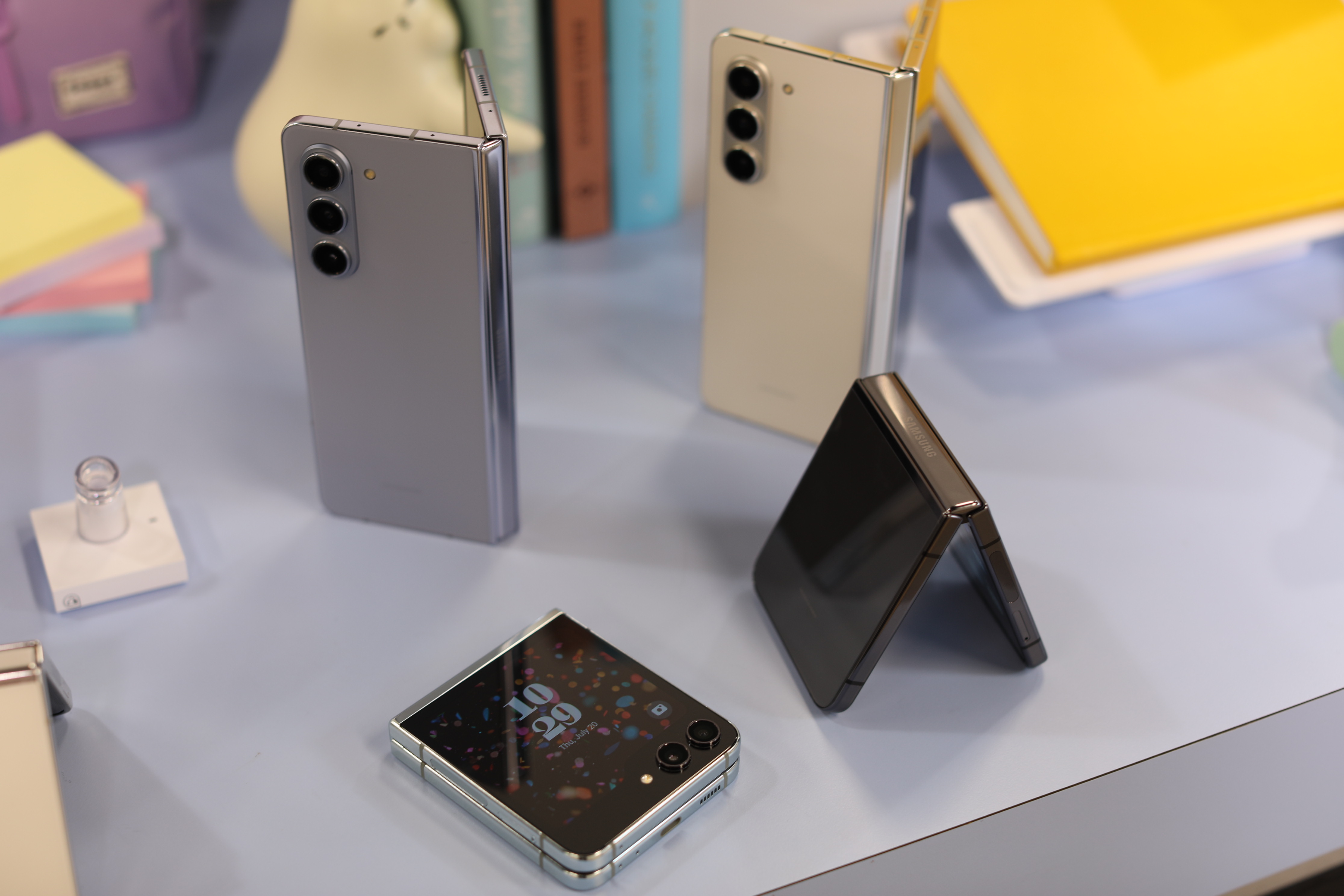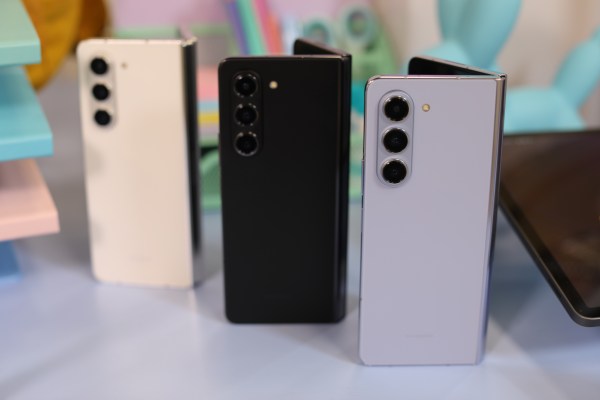The foldable market has changed dramatically since the beginning of 2019. For starters, there actually is a foldables market to speak of. There was plenty of skepticism around the form factor in the pre-pandemic era, and early hardware issues didn’t help matters much. Foldables remain a drop in the overall smartphone bucket, of course, but the category has continued to make headway as the overall market has slowed.
According to Counterpoint, foldable shipments jumped 64% Y-o-Y in Q1 to 2.52 million. The number is made more remarkable when contrasted with the overall category’s 14.2% drop for the same quarter. Samsung deserves a tremendous amount of credit for these numbers. After all, one can credibly argue that the company almost single handedly built the foldable market.
2019’s Galaxy Fold wasn’t technically the first foldable. Precise definitions may be a matter for some debate, but the Royole FlexPai did manage to beat it to market by a few months. The device felt more prototype than product, and that whole project took an even stranger turn when Pablo Escobar’s brother entered the scene. It’s an entertaining story, but Samsung can easily lay claim to the first viable foldable.
With market interest established, plenty of others have entered the space. Google notably released the Pixel Fold this year — that’s a sizable vote of confidence from a company that doesn’t produce all that much consumer hardware relative to its size. Samsung is also faced with a ton of competition from Chinese manufacturers.

Image Credits: Brian Heater
The same Counterpoint survey notes that China has seen a huge spike in demand, with a 117% increase for the quarter as the larger market dropped 8%. Interestingly, Samsung saw a big growth in market share, from 6% to 26%, but Huawei and Oppo still make up slightly larger shares of the market. Globally, however, Samsung continues to dominate, with 63% of the total market.
Somewhere along the way, the Galaxy Z Fold became another phone. It was bold for the company to replace the Note with the foldable as its second flagship, and its ongoing success has silenced many early critics. But something happens when an innovative device goes mainstream: the novelty wears off. Design issues and relaunches aside, you only get one chance to launch your first foldable. As with most devices, upgrades become more iterative as the product matures. Again, it’s fine and, frankly, to be expected. A radical change every year tends to be a sign that things aren’t working.
Spec-wise, the new Galaxy Z Fold 5 shares a lot with its predecessor. Both screens are the same size and resolution (6.2-inch 2314 x 904 external and 7.6-inch 2176 x 1812 internal). Ditto for the rear-facing camera array (50-megapixel wide-angle, 12-megapixel ultra-wide and 10-megapixel telephoto with 3x optical zoom). Brightness has been increased to 1,750 nits — same as on the Galaxy S23 Ultra.

Image Credits: Brian Heater
In fact, it’s hard to distinguish from the Galaxy Fold 4, but for one important thing: the new hinge. Specifically, the hinge allows for a thinner device. Folded, it decreases from 0.62 to 0.53 inches and from 0.25 to 0.24 unfolded. Obviously the former is the more significant reduction. It’s also the more important one, day-to-day. A device’s thickness is far more noticeable when it’s in your pocket. It’s been one of the bigger issues with the Fold.
For a device designed to make a large screen more portable, it’s a lot to carry around in one’s pocket. Samsung says the thinner profile was accomplished courtesy of a new flex hinge with a teardrop design. The move follows the Pixel Fold launch, which touted its own innovative hinge design as a major selling point. At 0.5 inches folded and 0.2 inches unfolded, Samsung certainly hasn’t knocked the product off that perch.
Of course, it’s worth noting that Google has since run into its own display issues with its first foldable. Some have suggested that the issue is a direct result of having two displays that effectively lie flush, allowing debris to get trapped between and damaging the screen in the process. Given the newer, flatter version of the Galaxy Fold, I asked the company about this potential issue, and they cited the inclusion of bumpers as a protection against this potential issue. As always, the real test comes when the device is launched.

Image Credits: Brian Heater
Rumors of a brand new chipset missed the mark here. I can sympathize with the expectation. A Snapdragon 8+ Gen 2 is seemingly overdue. Instead, the company went with the same Snapdragon 8 Gen 2 for Galaxy found on the S23 (it’s also powering the new Galaxy Fold). It’s a customized version of Qualcomm’s latest flagship with tweaks that bring things like improved imaging performance.
In fact, the imaging enhancements here are largely a product of the upgraded (relative to last year’s fold) digital signal processing. It brings with it some nice advances, however, including improved low-light performance and more accurate skin tones.
The hardware is the same, including the internal under-display camera. That’s a technology that’s never felt up to the company’s exacting imaging standards, and this isn’t likely to move the need much. Understandably, having display pixels on top of the sensor adversely effects image quality, lowering the resolution and making things look smeared and fuzzy. I think Google did it right by hiding the camera away in the bezel — at least until this technology matures.

Image Credits: Brian Heater
The onboard battery is 4,400mAh (same as before); RAM and storage start at 12GB and 256GB, respectively (the latter can be upgraded to 512GB or 1TB). The Fold sports Gorilla Glass Victus 2 on the front and the rear and is rated IPX8 water resistant (still no dust rating).The S Pen is 41% thinner than before, and there will be a case with a built-in dock, since the phone itself isn’t quite up to a stylus slot just yet.
The price remains the same at $1,800, which will continue to be a barrier against wider adoption. As ever, the $999 Flip is ultimately a far more mainstream device. Both ship August 11.
